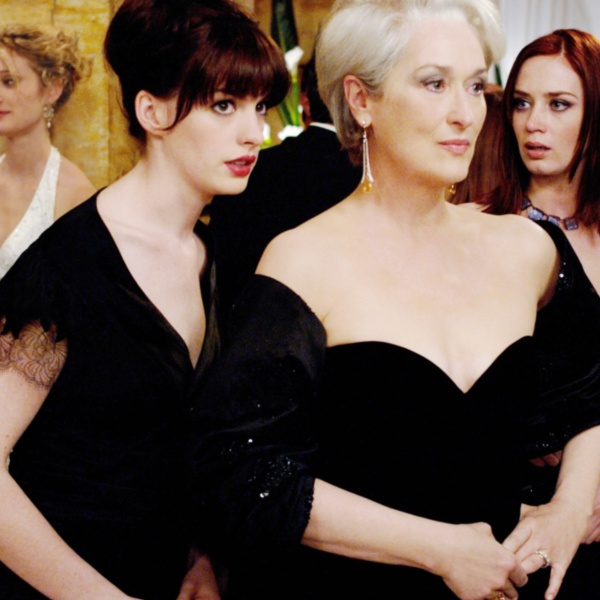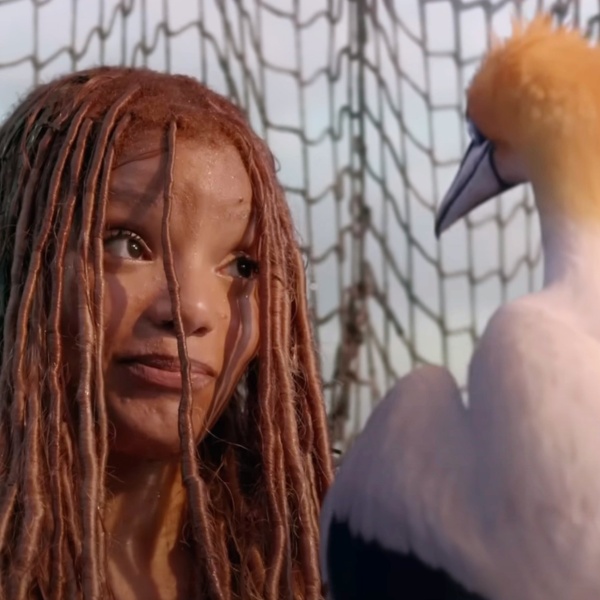
In the “Toy Story” movies, though credibility was strained, an effort was made to keep humanity in the dark about the existence of toys that move on their own. Because of the lack of actual damage done, and with a certain ambiguity towards their adventures, there was no need to question the actual existence of the toys as some sort of fluke in God’s grand design.
In “Gnomeo And Juliet,” the characters, all lawn gnomes on opposite sides of the lawn, cause massive damage to their surroundings. With all of the figurines being of a certain height and weight, conflict arises often, destroying elaborate lawn decorations and various cleaning apparatuses. You’re not entirely sure how long these gnomes have been around, but it seems reasonable that the war that pits the blue gnomes against the reds has been going on for more than a few years. So skilled are these tiny troublemakers that they even have the ability to break into a house to order a lawnmower through the internet.

As it turns out, it’s not just the gnomes that can talk, but several other lawn ornaments, including a large pink flamingo with a Latin accent. Again, the imagination and playfulness of the “Toy Story” movies allows you to suspend disbelief, to consider the idea that there’s a faint possibility this toy subculture is underneath our noses. But the gnome society is already so evolved that they can sing, dance, fight, read, and cause at least a couple hundred dollars worth of damage. So what is their motivation for staying on the lawn and avoiding the rest of society? In “Toy Story” the toys feel a kinship with Andy, the boy who keeps them by his side. In “Gnomeo And Juliet,” they are props that no one appears to acknowledge. So why is it they feel the need to freeze right before they leave the yard?
In “Never Let Me Go,” one of the finest pictures of last year, the characters are doomed to a certain fate from the first scene to the last, but because it is hinted at so often, our characters have accepted their lot in life. They are human cattle, meant to be discarded after serving one simple purpose. The characters in “Gnomeo And Juliet” are exactly the same: they aren’t even toys, they are decorations. Except their existence is further questioned when one character dies a surprisingly horrible death, only to return in a new state by the end credits. Does this mean gnome life is everlasting? Because lawn ornaments are definitely not, and it makes you wonder about what what was going on as the flamingo dealt with what seems like a two decade exile trapped in the darkness of a woodshed.
Furthermore, this is not an adaptation of “Romeo And Juliet.” Well, it is, but in the backdoor sense: it’s an identical story happening in a universe that has already seen “Romeo And Juliet” retold through the years. Gnomeo finds this out by consulting a giant statue of William Shakespeare in a park, one that actually has the spirit of the Bard inside of him. It seems ambiguous that the gnomes may be able to communicate with humans, but they can communicate with statues that talk. And if the gnomes can cause damage, then humans can SEE the gnomes, and if such, they can SEE the statures that come to life to talk to the gnomes, right? Is it possible someone might want to engage a reanimated William Shakespeare? Possibly ask him about the world today? Gain some insight into the universal human condition? Introduce him to Julie Taymor?
Furthermore, there’s the troubling notion that, in telling Gnomeo about the story of “Romeo And Juliet,” which has strong superficial similarities to the gnome’s own adventures, he is giving him the suggestion that his fate has been determined, unless he can do something to change it. Is it really Bill Shakespeare, or is it an angel, or perhaps a watcher, meant to disrupt the path of destiny? Or is Shakespeare himself, so adept at rewriting the English language, actually using the framework of his stories to twist reality into his own desired shape?
“Gnomeo And Juliet” is scored entirely with new and classic versions of Elton John songs. It’s unclear why a lawnmower race is staged to “Saturday’s All Right For Fighting” and what “Bennie And The Jets” has to do with clicking the mouse on a computer. Moreover, the fact that these characters realize they are adhering to Shakespeare’s story outline and divert by crooning Elton John is ripe for pop culture dissection. Guess Randy Newman was taken. [C-]




